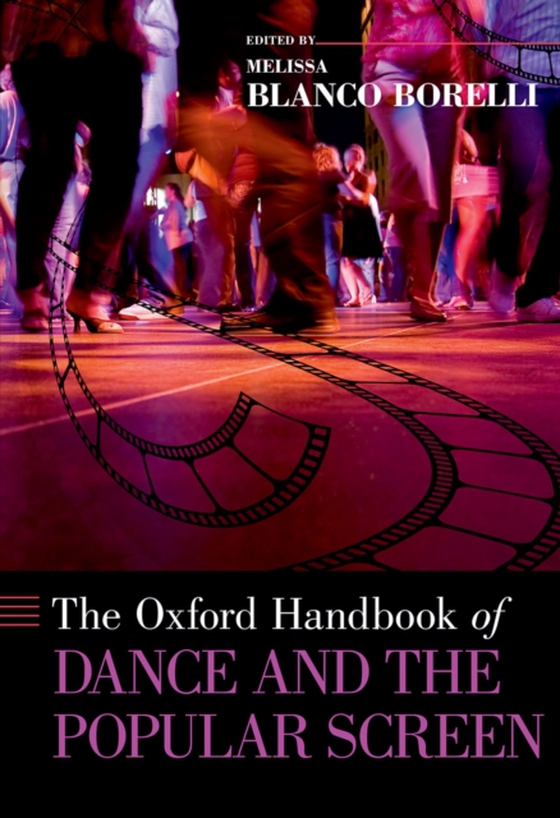
Oxford Handbook of Dance and the Popular Screen e-bog
337,32 DKK
(inkl. moms 421,65 DKK)
The Oxford Handbook of Dance and the Popular Screen sets the agenda for the study of dance in popular moving images - films, television shows, commercials, music videos, and YouTube - and offers new ways to understand the multi-layered meanings of the dancing body by engaging with methodologies from critical dance studies, performance studies, and film/media analysis. Through thorough engagemen...
E-bog
337,32 DKK
Forlag
Oxford University Press
Udgivet
1 juli 2014
Længde
672 sider
Genrer
AP
Sprog
English
Format
pdf
Beskyttelse
LCP
ISBN
9780199897834
The Oxford Handbook of Dance and the Popular Screen sets the agenda for the study of dance in popular moving images - films, television shows, commercials, music videos, and YouTube - and offers new ways to understand the multi-layered meanings of the dancing body by engaging with methodologies from critical dance studies, performance studies, and film/media analysis. Through thorough engagement with these approaches, the chapters demonstrate how dance on the popular screen might be read and considered through bodies and choreographies in moving media. Questions the contributors consider include: How do dance and choreography function within the filmic apparatus? What types of bodies are associated with specific dances and how does this affect how dance(s) is/are perceived in the everyday? How do the dancing bodies on screen negotiate power, access, and agency? How are multiple choreographies of identity (e.g., race, class, gender, sexuality, and nation) set in motion through the narrative, dancing bodies, and/or dance style? What types of corporeal labors (dance training, choreographic skill, rehearsal, the constructed notion of "e;natural talent"e;) are represented or ignored? What role does a specific film have in the genealogy of Hollywood dance film? How does the Hollywood dance film inform how dance operates in making cultural meanings?Whether looking at Bill "e;Bojangles"e; Robinson's tap steps in Stormy Weather, or Baby's leap into Johnny Castle's arms in Dirty Dancing, or even Neo's backwards bend in The Matrix, the book's arguments offer powerful new scholarship on dance in the popular screen.
 Dansk
Dansk

